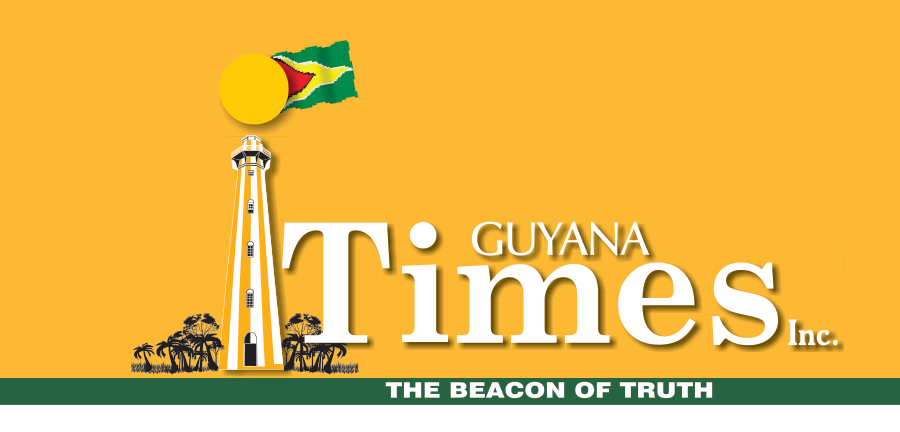Childhood immunisation in the Americas has shown encouraging signs of recovery in 2024, but significant gaps remain. According to new data released on Monday by the World Health Organisation (WHO) and UNICEF, over 1.4 million children in the Americas did not receive a single dose of the diphtheria, tetanus, and pertussis (DTP)-containing vaccine, marking an increase in so-called “zero-dose” children.
According to the Pan American Health Organisation (PAHO), these findings are part of the 2024 WHO and UNICEF Estimates of National Immunisation Coverage (WUENIC), which show that while global childhood vaccination coverage has largely stabilised, nearly 20 million children worldwide missed at least one DTP vaccine dose, including 14.3 million zero-dose children. In the Americas, the number of zero-dose children rose by 186,000 compared to the previous year, reaching 1,465,000.
“The Americas has shown a firm commitment to protecting its child population, but the gaps in vaccination coverage remind us that more must be done,” said Dr Jarbas Barbosa, Director of PAHO, the regional office of WHO for the Americas. “Vaccination remains one of the most effective tools to prevent diseases and save lives. We cannot allow any child to be left unprotected,” a release from PAHO stated.
Regional progress
Immunisation coverage in the Americas improved for several key antigens MMR (Measles, Mumps, Rubella): Coverage of the first dose increased from 86 per cent to 88 per cent and the second dose from 75 per cent to 77 per cent; pneumococcal conjugate vaccine (PCV3): Rose from 76 per cent to 79 per cent and Hepatitis B at birth: Increased from 64 per cent to 68 per cent, a key step toward hepatitis B elimination.
For the human papillomavirus (HPV) vaccine, the Americas has the highest coverage globally, with 76 per cent of girls under 15 years of age receiving at least one dose. However, more effort is needed to reach the target of at least 90 per cent.
Persistent challenges
Despite these gains, DTP1 coverage in the Americas declined slightly from 90 per cent in 2023 to 89 per cent in 2024, reversing a positive trend and contributing to the increase in zero-dose children. DTP3 coverage remained steady at 86 per cent, but 9 of 35 countries and territories reported coverage below 80 per cent, raising the risk of disease outbreaks. Additionally, three countries reported dropout rates above 10 per cent between the first and third DTP doses.
These gaps reflect ongoing barriers in equitable access to immunisation, and retention, especially in marginalised and underserved communities.
Strengthening immunisation
PAHO said that it is working closely with countries to strengthen national immunisation programmes through Expanded Programme on Immunisation (EPI) Maturity Assessments, completed for 12 countries in the last two-and-a-half years and already underway in Honduras, the Dominican Republic, and Bolivia.
The Organisation is also supporting countries to target children who missed vaccines during the COVID-19 pandemic, with expected coverage increases of 1–4 per cent in affected cohorts.
Priority actions recommended by PAHO include Identifying and reaching zero-dose children with locally tailored strategies; strengthening follow-up systems to reduce dropout rates; ensuring adequate vaccine supply and accessibility; training health workers and engaging communities to counter vaccine hesitancy and embedding immunisation in strong primary health care to reduce missed opportunities.
“Member States must remain committed to strengthening immunisation strategies through joint efforts so that the region can reclaim its historic leadership in vaccination and protect the health of present and future generations,” emphasised Dr Barbosa.
Global context
The findings in the Americas reflect global trends outlined in the WHO-UNICEF report. While 85 per cent of children globally completed the full DTP3 series in 2024, progress has plateaued, and global gains remain fragile amid conflict, misinformation, and strain on health systems.
The global data also underscore the need for urgent action, particularly in regions with rising zero-dose rates. WHO and UNICEF have called for increased domestic investment in immunisation; closing the funding gap for Gavi’s next strategic cycle (2026–2030); reaching children in fragile, conflict-affected settings; combating misinformation and strengthening data systems.
Discover more from Guyana Times
Subscribe to get the latest posts sent to your email.











